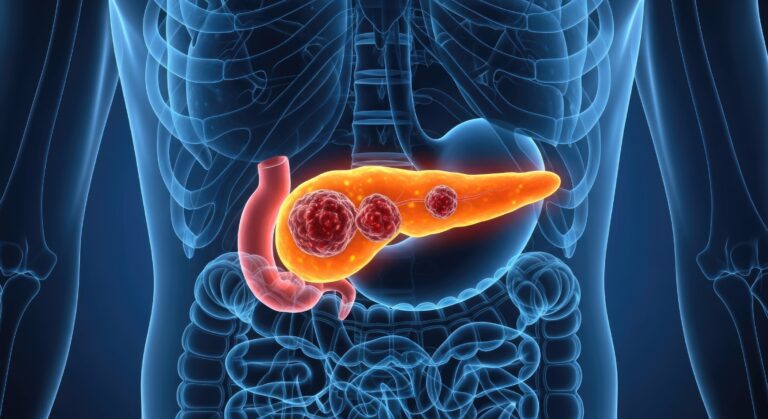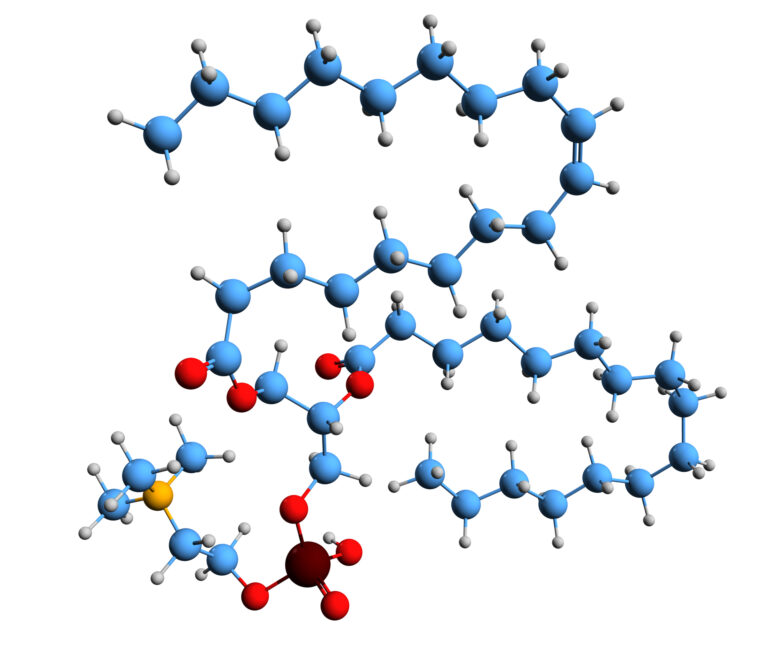Tumour Growth Imaging Biomarkers
Tumour growth imaging biomarkers play a crucial role in cancer diagnosis, prognosis, and treatment monitoring. These biomarkers help assess tumour development, response to therapy, and disease progression using various imaging techniques. Advances in medical imaging have led to the identification of several biomarkers that provide valuable insights into tumour biology.
Types of Imaging Biomarkers
Imaging biomarkers for tumour growth can be classified based on the imaging modality used. The most common techniques include positron emission tomography (PET), magnetic resonance imaging (MRI), computed tomography (CT), and ultrasound. Each modality provides different types of information about tumour characteristics.
- PET Biomarkers: PET imaging is widely used to measure metabolic activity in tumours. One of the most established PET biomarkers is fluorodeoxyglucose (FDG), a radiolabelled glucose analogue that accumulates in metabolically active tumour cells. Increased FDG uptake is often indicative of aggressive tumour behaviour. Other PET tracers, such as 18F-FLT (fluorothymidine), are used to assess tumour proliferation by targeting DNA synthesis.
- MRI Biomarkers: MRI offers high-resolution imaging and functional assessment of tumours. Diffusion-weighted imaging (DWI) is a key MRI biomarker that measures the movement of water molecules in tissue, providing insights into tumour cellularity. Tumours with high cellularity often exhibit restricted diffusion, which can be quantified using the apparent diffusion coefficient (ADC). Additionally, dynamic contrast-enhanced MRI (DCE-MRI) evaluates tumour vascularity by tracking contrast agent uptake and washout. Increased vascular permeability in tumours is associated with aggressive growth.
- CT Biomarkers: CT imaging is commonly used for tumour detection and monitoring. Radiomic biomarkers extracted from CT images provide quantitative data on tumour shape, texture, and heterogeneity. These features can be correlated with tumour aggressiveness and treatment response. CT perfusion imaging also allows the assessment of tumour blood flow, which can indicate angiogenesis.
- Ultrasound Biomarkers: Ultrasound imaging is a non-invasive and cost-effective technique for tumour assessment. Elastography, an advanced ultrasound method, measures tissue stiffness, which can help differentiate malignant from benign tumours. Contrast-enhanced ultrasound (CEUS) is another approach used to evaluate tumour vascularity and perfusion.
Applications in Cancer Management
Imaging biomarkers are used in several aspects of cancer care, including early detection, treatment planning, and therapy response assessment. In precision oncology, biomarkers help stratify patients based on tumour characteristics, allowing for personalised treatment approaches. For instance, FDG-PET is used to monitor response in lymphoma patients, while ADC values from DWI-MRI predict treatment response in prostate cancer.
Future Perspectives
The integration of artificial intelligence (AI) with imaging biomarkers is expected to enhance tumour growth assessment. AI algorithms can analyse complex imaging data to identify patterns associated with tumour progression. Additionally, novel radiotracers and molecular imaging agents are being developed to provide deeper insights into tumour biology.
Imaging biomarkers continue to evolve, offering improved methods for detecting and monitoring tumours. Their role in guiding clinical decision-making is likely to expand, ultimately improving cancer outcomes.
You are here:
home » Tumour Growth Imaging Biomarkers


